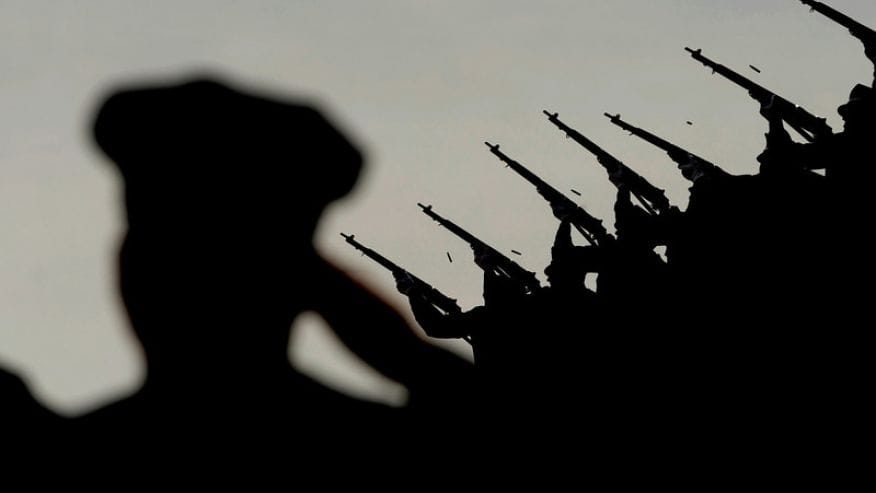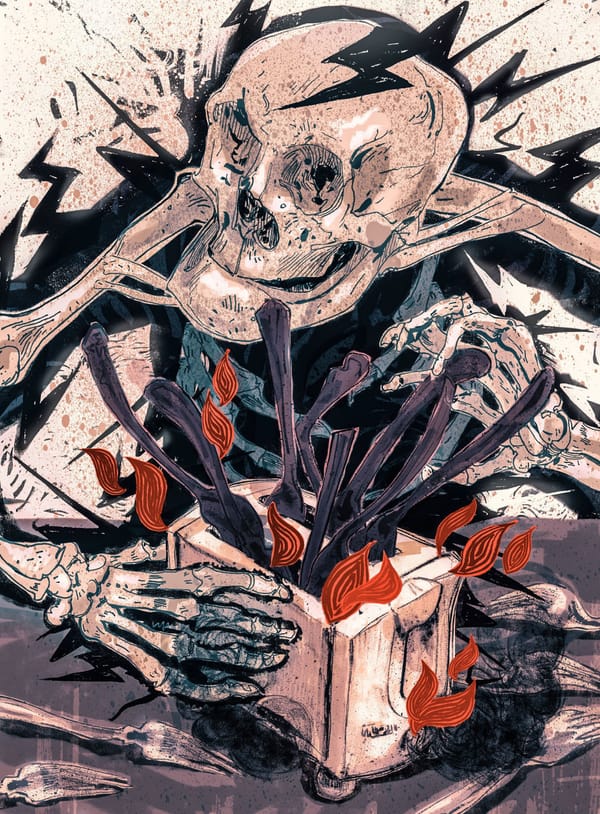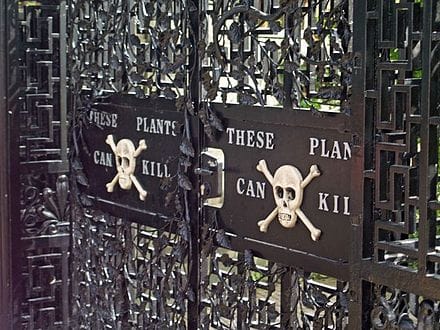21 guns | 2015-11-11

while effectively communicating a lack of hostility, this tradition was also a costly endeavour since ammunition and gunpowder were not so easy to come by. thus, ships eventually began to only expend one round from each gun. at the time, the standard number of guns on a naval gunship was seven so, each ship would expend seven rounds to signal their peaceful intent.
not only would this happen out at sea but, perhaps more importantly, ships would ring out seven shots to signal to people on land that they came in peace; e.g. should a warship enter a harbour flying enemy colours. given that gunpowder was much harder to keep dry while at sea, it was deemed appropriate that the ships would fire seven shots from their guns (which is what you call cannons on a ship) and that the soldiers on land would respond with three shots per gun from their cannons (which is what you call cannons on land). thus, seven shots were responded to by three times seven shots or twenty-one shots.
so, as traditions do in the military, this came to be a highly regulated and specifically ordered sign of respect for dignitaries, whether recently deceased or simply visiting or exercising a part of their office. there are many rules regarding when and where you can fire this salute and even the number of shots fired is tiered and regulated based on branch of service (army, navy, air force, civilian) and rank within that branch. for example, the prime minister of canada is entitled to a 19 gun salute at various occasions.
there are many and various gun salutes used by the armed forces and civilian forces (e.g. police), each with its own uniqueness and history but all eventually relate back to the age old tradition of lowering your weapon when you come in peace.
something to remember



